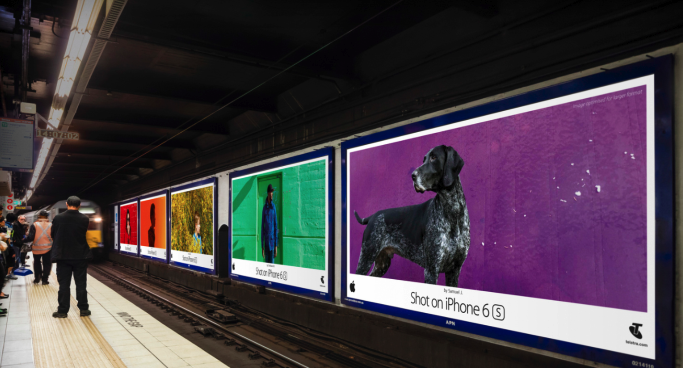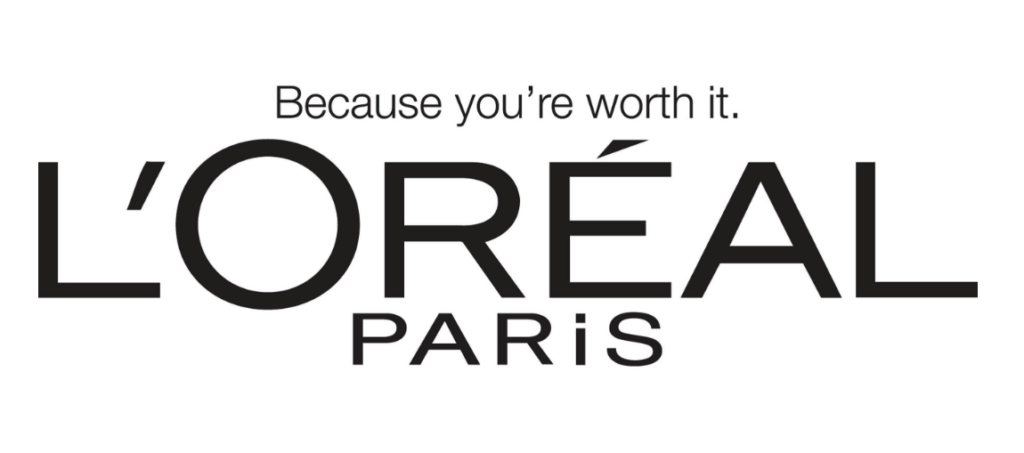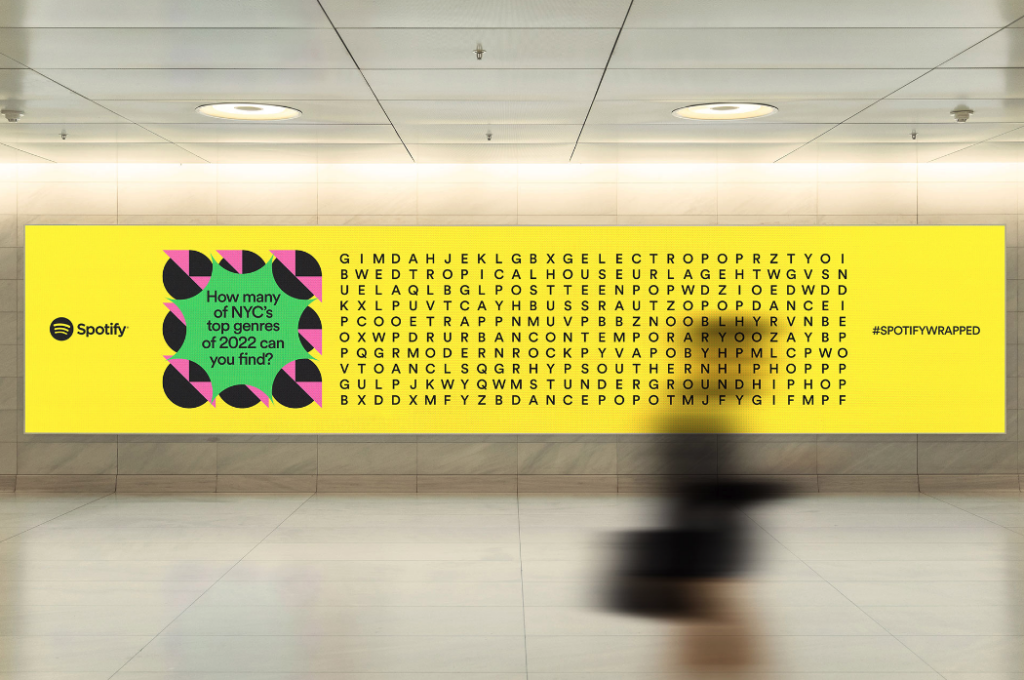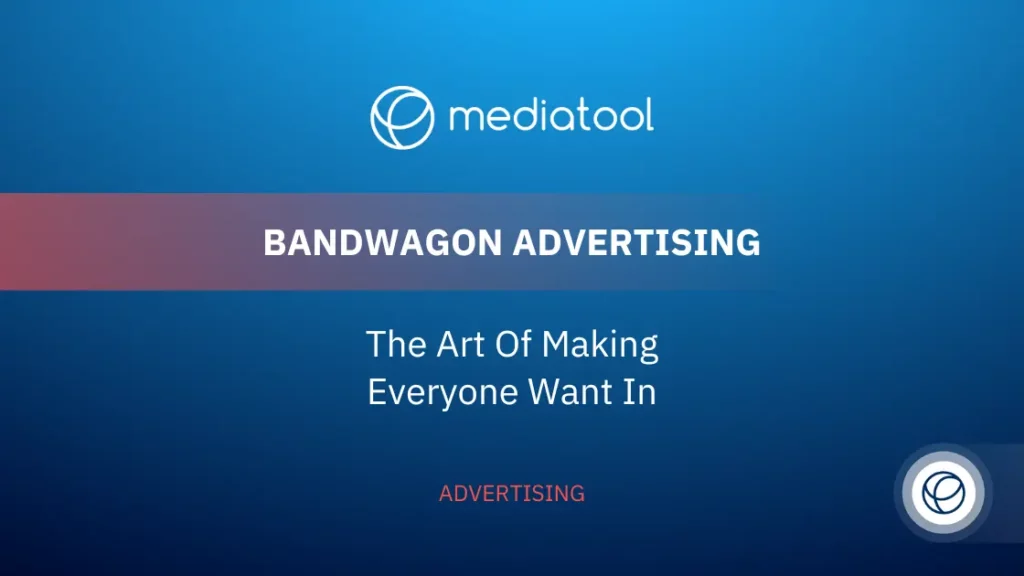What Is Bandwagon Advertising?
Have you ever heard the saying, ” Everyone’s doing it, so why aren’t you?” That’s bandwagon advertising in a nutshell.
It’s a strategic advertising technique that leverages the psychological phenomenon known as the bandwagon effect.
This approach aims to convince consumers that a product or service is top-rated, thereby influencing their purchase decisions.
The idea is to create a sense of belonging and appeal to the target audience’s desire to be part of the majority opinion or the “cool crowd.”
The underlying message is that the product or service is not just a choice but a popular choice endorsed by a significant portion of society.
This technique plays on the fear of missing out (FOMO), encouraging people to act quickly and join the trend to avoid being left behind.
How Does Bandwagon Advertising Work?
The effectiveness of bandwagon advertising lies in its ability to create a sense of urgency and a desire to be part of the winning side or the cool crowd. Advertisers craft messages that imply that “everyone is doing it,” therefore convincing people that they should, too.
This strategy is especially effective when promoting products or services that benefit from being seen as fashionable or widely accepted.
By showcasing widespread use or endorsement examples, such as celebrities using the product or many consumers advocating for it, bandwagon advertising creates a perceived social proof. This social proof plays a crucial role in shaping purchase decisions, as consumers tend to follow the choices made by others, especially when those others form a significant portion of society.
It’s noteworthy that about three-quarters of consumers are willing to provide a review when requested, which eases the process of gathering content necessary for a successful bandwagon campaign.
Bandwagon advertising taps into the basic human desire to belong to a group and align with what is seen as the popular, trendy, or accepted societal norm.
It’s a technique that encourages people not just to buy a product or service but to become part of a larger movement, a social trend defining their identity and lifestyle. Through this, bandwagon advertising effectively influences consumer decisions and helps brands penetrate the market more deeply.
Ways to Use Bandwagon Advertising

Utilizing Popular Phrases and Celebrity Endorsements
One effective bandwagon technique is using popular phrases that resonate with the target audience. Phrases like “America’s favorite mascara” or “the choice of professionals” position a product or service as the popular choice, significantly influencing consumer purchase decisions.
Additionally, celebrity endorsements play a key role. When a well-known figure is seen enjoying a product, it sends a powerful message that this brand is preferred by the elite, making it a trendy choice among consumers.
Showcasing Group Acceptance
Another key method in bandwagon advertising is to show large groups of people using and enjoying a product or service. This approach creates a sense of widespread acceptance and popularity. It appeals to the consumer’s desire to join the crowd and be part of a social group already embracing the product.
These advertisements often portray a vibrant, happy crowd, suggesting that joining this group by using the product or service will enhance one’s social life.
Creating a Sense of Urgency and Majority Opinion
Bandwagon advertising also creates a sense of urgency and taps into FOMO. Advertisers use this technique to encourage consumers to act quickly and join the trend.
By suggesting that “more people are choosing our brand every day,” the advertisements create a perception that the product or service is not just a choice but the majority’s choice. This plays into the bandwagon effect, where consumers are influenced to decide based on the perceived preferences of the majority.
Promoting Trends and Societal Norms
Bandwagon advertising aims to promote products or services as part of a more significant trend or societal norm. This approach convinces consumers that by choosing a particular brand, they are aligning with the current market trends and societal values. It leverages the idea that owning or using the product is not just about the product itself but about being part of a larger societal movement or trend.
Through these various techniques, bandwagon advertising appeals to the target audience’s sense of belonging and desire to conform to popular choices. It’s a powerful way for brands to create a perceived market dominance and influence consumer behavior, encouraging them to join the crowd and choose their product or service.
Advantages and Disadvantages of Bandwagon Advertising
Advantages
Bandwagon advertising, an essential advertising technique, significantly enhances the credibility and appeal of a product or service.
It builds a perception of reliability by showcasing that the product is the choice of many, thus influencing consumer opinions and decisions.
This strategy also has broad market appeal, transcending demographic groups and appealing to a wider audience.
Additionally, bandwagon advertising taps into the human desire for community. It promotes a sense of belonging to a social group, encouraging people to align with the majority opinion and trends.
It amplifies brand popularity, creating a snowball effect as more people join and endorse the product, leading to significant market growth and brand recognition.
Disadvantages
Despite these advantages, bandwagon advertising comes with risks. Overuse can make it seem inauthentic or overly aggressive, leading to consumer skepticism. This can be particularly true if the advertising resembles propaganda or exaggerates claims, causing resistance.
This technique may have a limited impact on independent thinkers who prioritize individuality over conformity. There’s also the risk of disappointment and brand damage if the product doesn’t live up to the created hype, leading to negative word-of-mouth.
In specific markets, especially where uniqueness and innovation are valued, bandwagon advertising might be ineffective. Relying on this technique in such cases could be counterproductive, as it might not resonate with the intended audience’s preferences.
Examples of Bandwagon Advertising
Numerous brands have effectively used bandwagon advertising to enhance their market appeal and drive consumer behavior. Here are some notable examples:
Apple’s “Shot on iPhone” Campaign:

Apple’s Campaign showcasing user-generated photos and videos taken on iPhones is a perfect example of bandwagon advertising.
By highlighting the vast number of people using iPhones for photography, Apple conveys that the iPhone is the popular choice for mobile photography, encouraging others to join in.
L’Oréal’s “Because You’re Worth It” Slogan:

This slogan implies a luxury and self-worth that many consumers aspire to. By suggesting that choosing L’Oréal is a way to affirm one’s value, it appeals to the consumer’s desire to align with what is perceived as a popular belief in self-care and luxury.
Spotify’s Year-End Playlists:

Spotify’s annual “Wrapped” feature provides users personalized playlists and statistics from their year in music. By sharing these widely on social media, Spotify taps into the bandwagon effect, where users see others sharing their music tastes and are encouraged to join in and use Spotify more.
Each of these examples demonstrates how brands successfully use bandwagon advertising to create a sense of widespread acceptance and popularity, influencing consumer behavior and enhancing brand appeal.
Conclusion
In the realm of advertising techniques, bandwagon advertising is a prominent and influential strategy. It leverages the bandwagon effect to convince people of a product or service’s popularity.
This marketing method taps into the patriotic appeal often seen in advertisements that unite people around a common sentiment or trend.
Bandwagon advertising combines various ideas and approaches to create compelling ads. It resonates with the audience by playing on the notion that people tend to follow the majority. By portraying a product or service as the choice of many, these ads create a sense of urgency and inclusion.
However, it’s crucial to use this technique judiciously to avoid the pitfalls of propaganda advertising. When overused or executed poorly, bandwagon advertising can backfire in the same way that overt propaganda might, leading to skepticism among consumers.
Overall, bandwagon advertising is a key player in the marketing world. It’s about more than just creating an ad; it’s about crafting a message that appeals to the collective desire to be part of something larger. This approach can effectively influence consumer behavior and market trends, provided it aligns authentically with the target audience’s values and aspirations.





